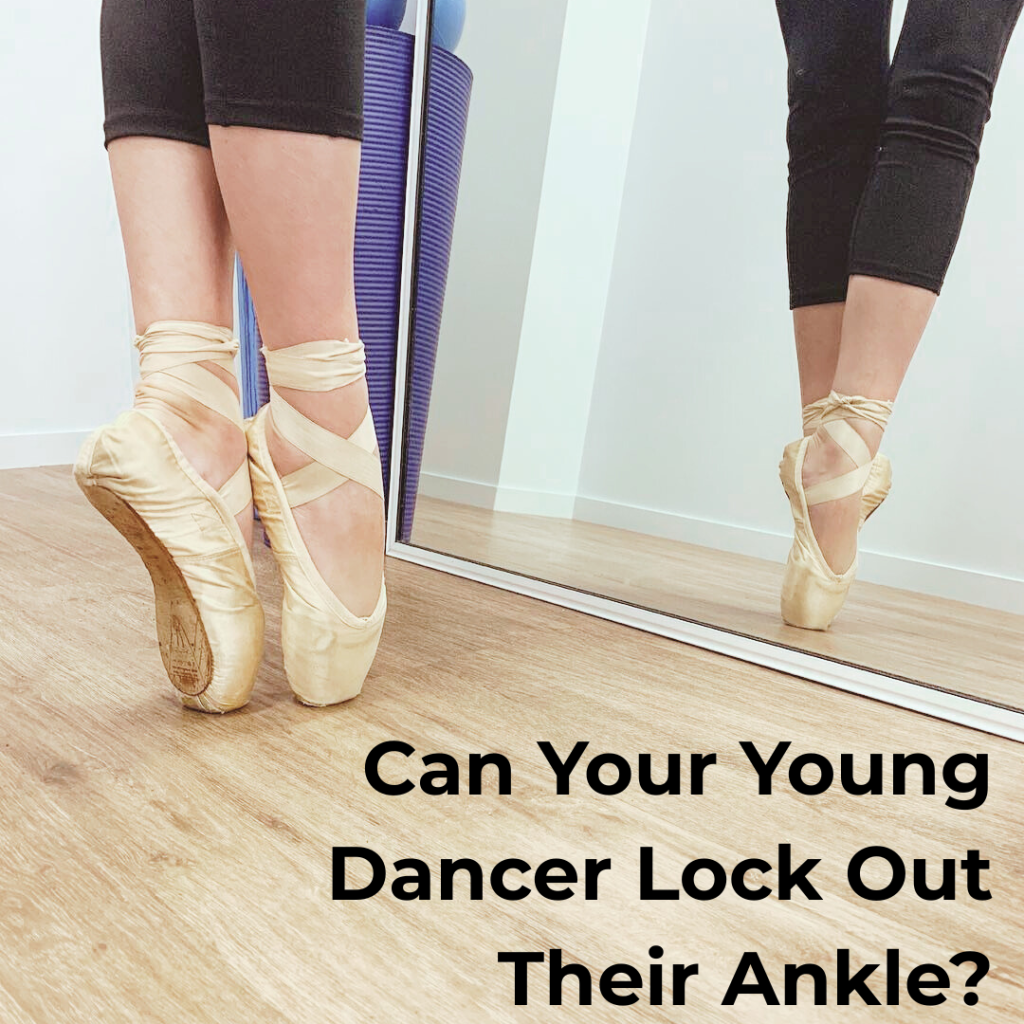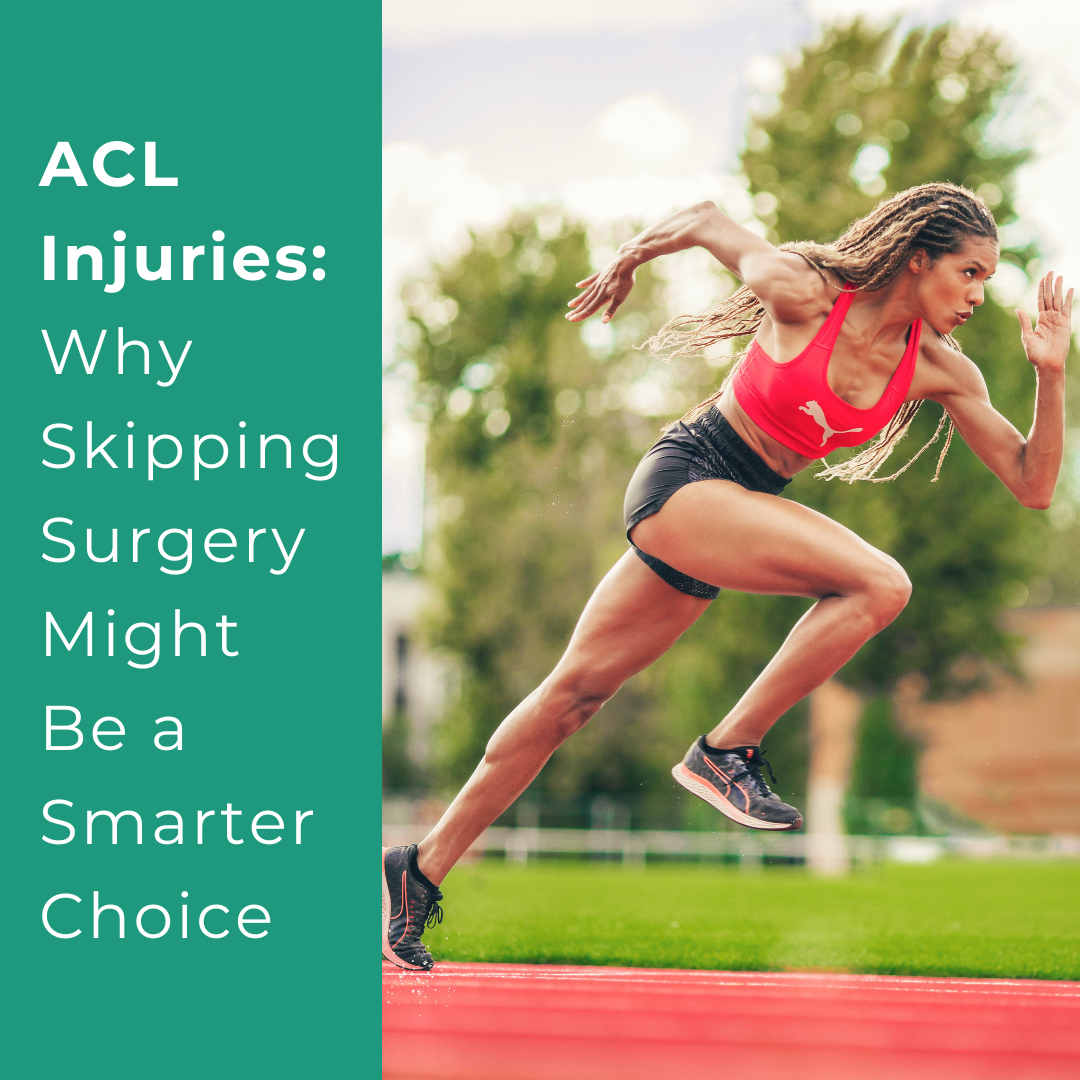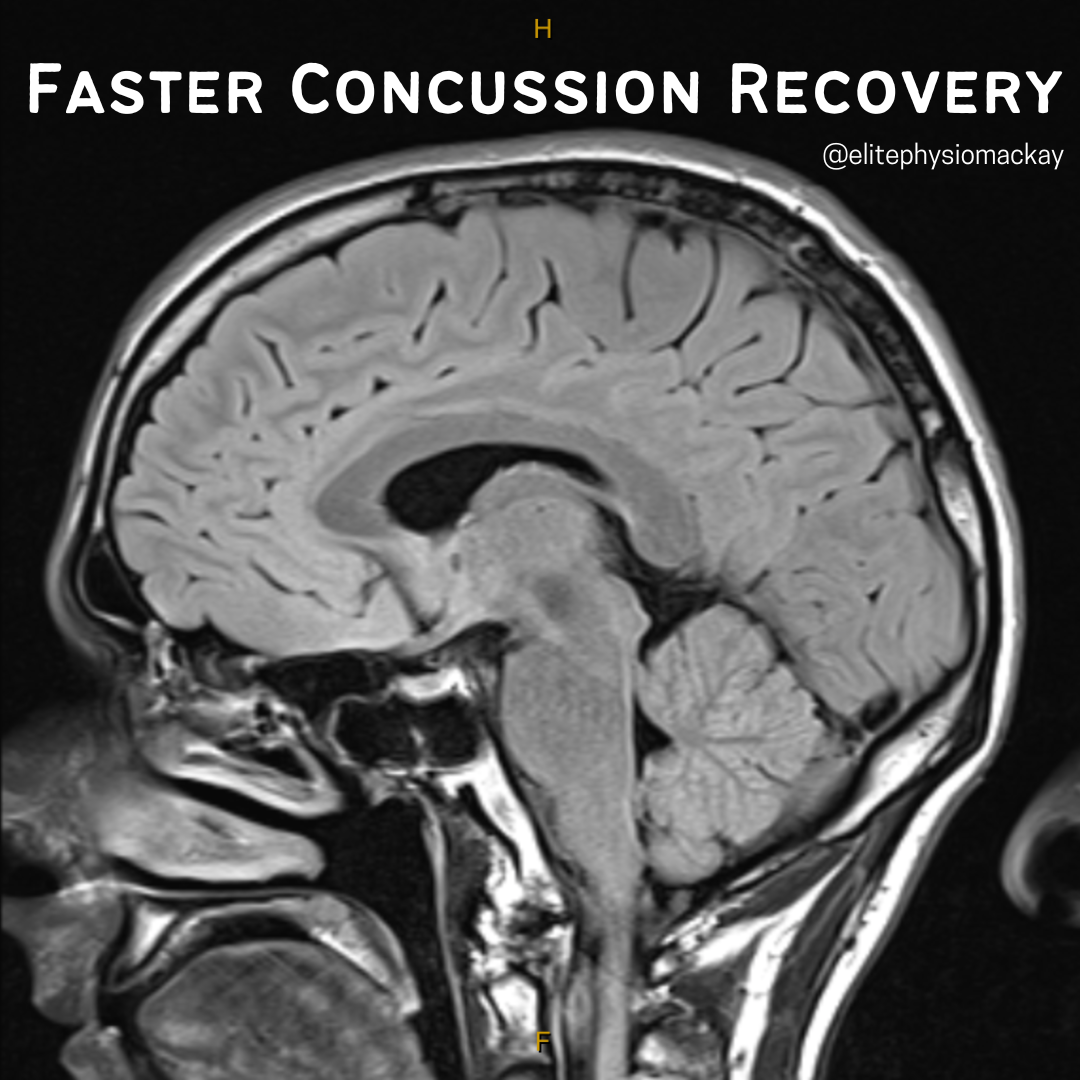Can Your Young Dancer Lock Out Their Ankle?
Why This Overlooked Movement Might Be Causing Bigger Problems
If your child is a dancer — especially in ballet, contemporary, or jazz — you’ve probably heard about the importance of strong feet and a beautiful point.
But there’s one subtle movement pattern we assess in every dancer at Elite Physiotherapy that often goes unnoticed:
👉 Can they fully lock out their ankle — so their shin and foot form a straight line when they point?
This movement, known as full plantarflexion, isn’t just about aesthetics. If your dancer can’t achieve or control this position, it can quietly create stress throughout the rest of the body — not just the foot and ankle, but the knee, hip, and even the lower back.
🦶 Why Ankle Lock-Out Matters in Dance
When a dancer rises onto demi-pointe, points their foot mid-air, or balances during jumps and turns, they need more than just flexibility — they need strength and coordination through their entire leg.
True ankle lock-out requires three key things:
✅ Mobility through all the joints in the foot and ankle — not just the ankle joint alone
✅ Strength to actively push through and hold the full end range (much harder than it seems)
✅ Co-contraction of muscles around the knee and hip to stabilise the whole limb while the ankle performs the movement
When a dancer lacks one or more of these elements, their body starts to compensate.
⚠️ What Happens When the Ankle Can’t Lock Out?
Instead of clean, controlled movement, the dancer may:
- Collapse through the arch or roll the foot
- Struggle to rise evenly through demi-pointe
- Grip through the hip or lower back to create lift
- Lose alignment at the knee, leading to knock-knees or twisting
Over time, these compensations can result in:
❌ Increased load through the ankle joint, which can eventually lead to bony blocks that further limit range
❌ Overuse of the small foot muscles, causing cramping, fatigue, or even tendinopathies
❌ Extra strain at the knee and hip, especially during pliés, landings, or turns
❌ Reduced ability to generate power and balance — limiting performance and increasing injury risk
This isn’t just about how their foot looks — it’s about how efficiently the entire lower limb functions under dance-specific load.
🧠 Not Just Flexibility — It’s About Control
Many dancers can appear flexible — especially when lying on the floor or stretching. But being able to point your foot while lying down is very different from achieving controlled, strong plantarflexion during movement.
We often see dancers who:
- Can point their toes beautifully,
- But struggle to fully rise onto demi-pointe,
- Or lose form during turns and jumps.
This tells us the issue isn’t flexibility — it’s a neuromuscular control problem.
In other words, the brain and body aren’t coordinating the movement well, especially under pressure or fatigue. Without targeted retraining, this leads to repeated compensation, overload, and injury risk.
🔍 What We Assess in a Dancer with Pain or Performance Issues
At Elite Physio, we take a whole-body approach. We never just treat the sore foot or the stiff ankle — we ask why that problem exists in the first place.
When we assess a dancer, we look at:
✅ Full ankle range and ability to achieve lock-out
✅ Control of the toes and small foot muscles
✅ Coordination and timing of the knee, hip, and pelvis
✅ Previous injuries that may still be influencing movement
✅ Breathing patterns, trunk stability, and movement efficiency
We assess the body as a system, not a collection of isolated parts.
And when we improve the ankle’s ability to do its job — often the knee, hip, and back start improving too.
🩰 Could a Stiff or Underactive Ankle Be Holding Your Dancer Back?
If your child is:
- Complaining of foot, knee, hip, or back pain
- Struggling with jumps, turns, or rises
- Always told to “stretch more” but doesn’t improve
- Or just wants to feel stronger and more confident on stage…
…it’s worth checking if their ankle is the missing piece of the puzzle.
A simple limitation in one part of the chain — like a restricted or poorly controlled ankle — can silently overload the rest of the body and limit performance.
💬 Want to Know If Your Dancer’s Ankle Is Doing Its Job?
We specialise in assessing young dancers and helping them move better, feel stronger, and perform with confidence.
A full movement assessment with our physio team will identify exactly what’s going on — and what needs to change.
➡️ Book your dancer’s session now at elitephysio.com.au




